Polestar 4: Function, form and a sprinkle of stardust
Polestar's latest offering builds off a steady and reliable platform and finally adds the missing ingredient — a little bit of flair.
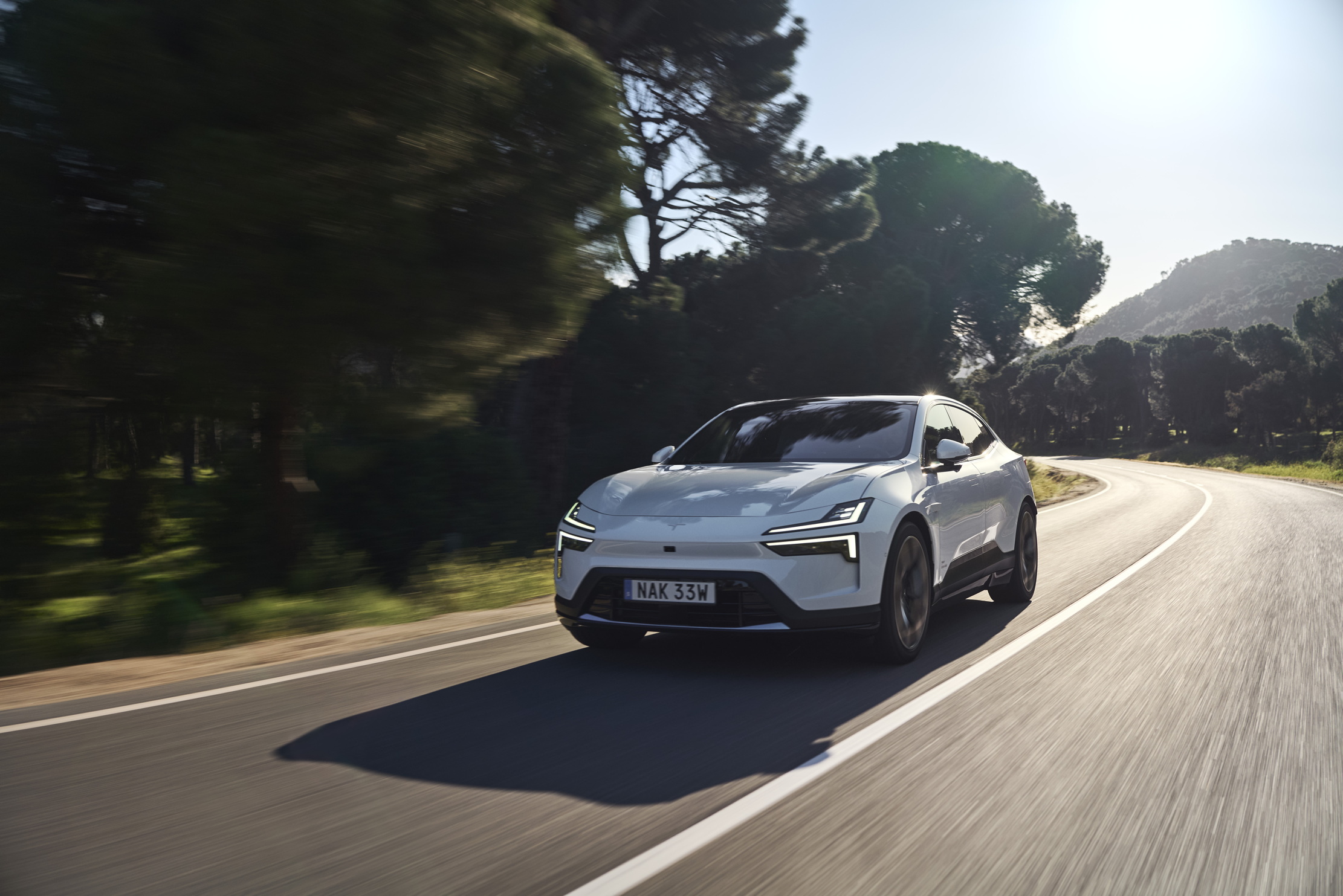

There is something uniquely oppressive about the British seaside in winter. The wind is sharp and wet, enhanced by an unforgiving grey sky and somehow even greyer sea. People walk their dogs, wrapped up in equally dull tones, scarves flapping in the wind. A façade of shops, restaurants, pubs and arcades slowly peels as the salty air makes light work of any attempted renovation, no matter how recent.
I had never been to Margate, but I had heard good things. Perhaps a dark February day is not the best time to go, but I was in command of a Polestar 4 and needed to stretch its electronic legs. The cold grey skies of the seaside felt very Scandinavian, so it seemed a suitable adventure.
When it comes to EVs, Polestar, along with Tesla and Nissan, has become one of the more well established manufacturers. The Polestar 2 has been a staple of the roads since its introduction in 2020 and is a brilliant, if a little uninspiring, 4-door saloon car that offered supreme comfort and functional range early on in the EV revolution. Sensibly, Polestar decided to make a car that worked before worrying too much about styling.
But now that the technology is all sorted out, Polestar are expanding both in their creativity and in their offerings. The latest iteration is the Polestar 4, a compact ‘coupe SUV’ that will go 360 miles on a full charge, with lots of luggage, and will do it quickly.
It also has enormous wheels. I can’t remember where I first read that one of the great stylistic tricks of car design is making the wheels more than half the height of the front of the car, but clearly the designers at Polestar read it too. My vehicle had the 22in black polished forged alloys, and from the side, it looked exceptional.
The styling as a whole is very promising, and it’s good to see Polestar finally taking some risks. The semi-sporting brake shape flows nicely, the flaring wheel arches give it a sense of stature, and the split headlights a sense of mischief. If it was a person, it would be a handsome architect at a drinks party, who you secretly suspect actually works for MI6.
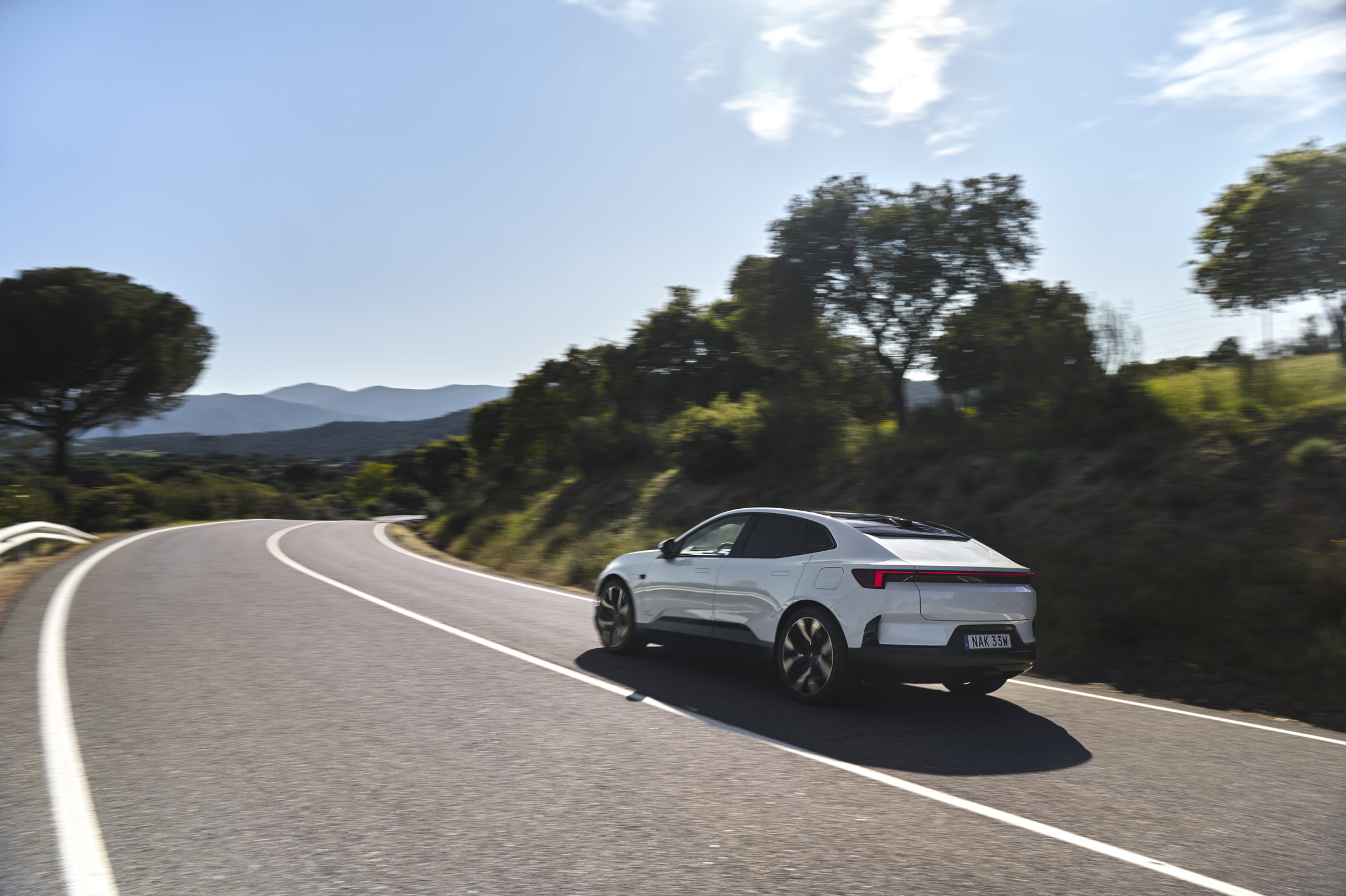

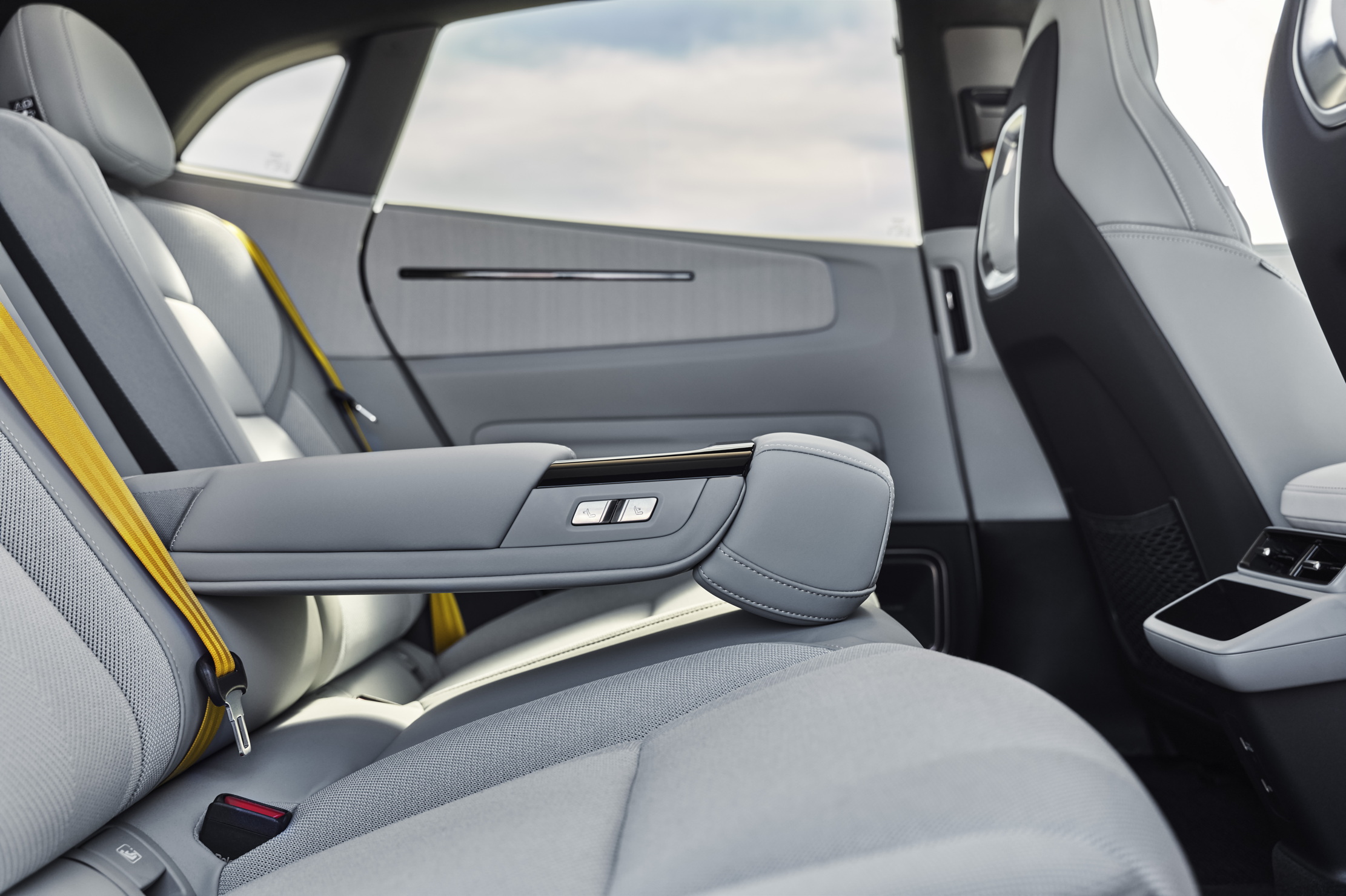
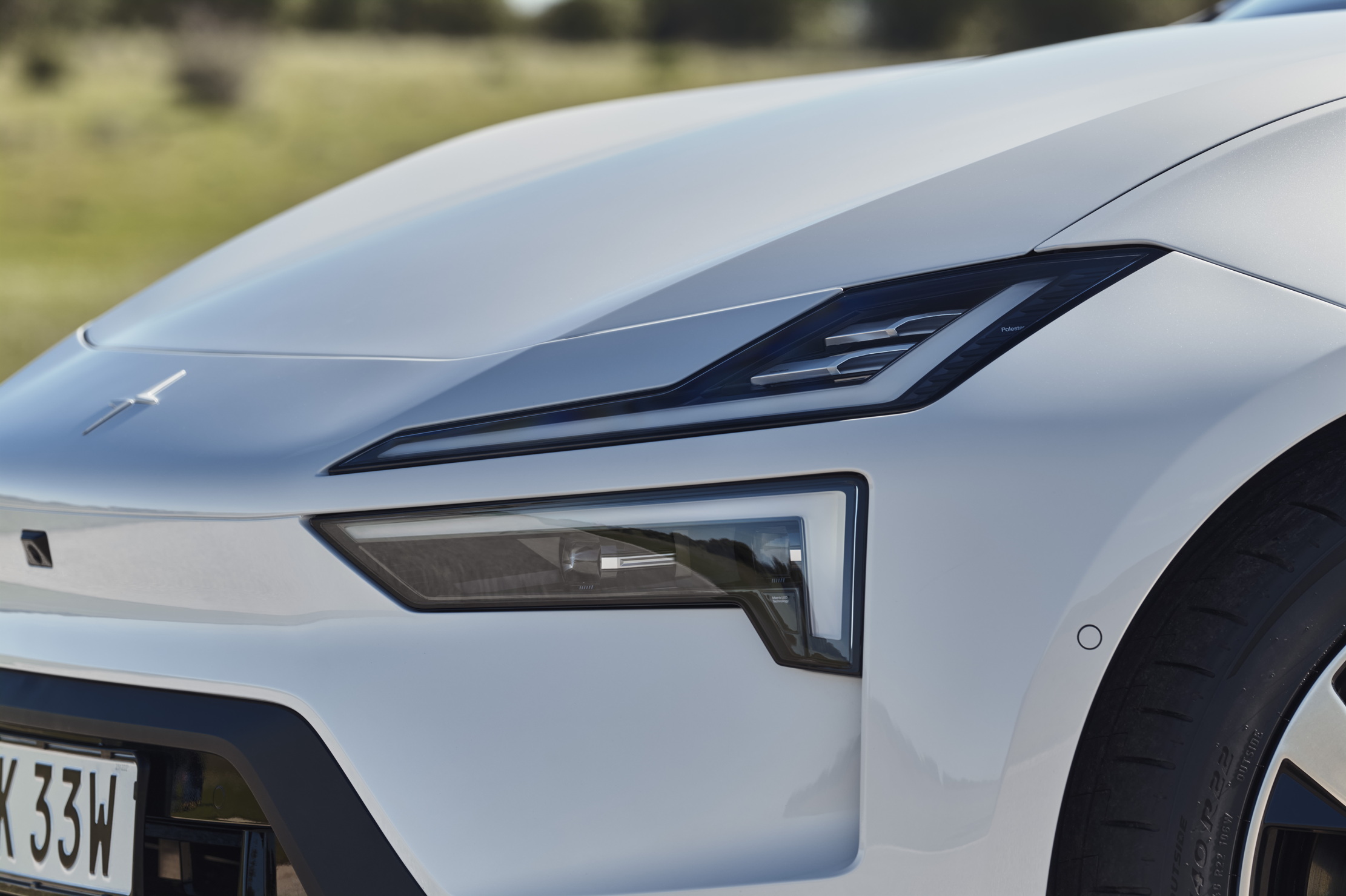
The interiors are a pleasing place to be, with exceptionally comfortable seats, an enormous centre screen, a floating console, and five seats that real-life adults could actually fit in.
Sign up for the Country Life Newsletter
Exquisite houses, the beauty of Nature, and how to get the most from your life, straight to your inbox.
The tech is also extensive and alarmingly easy to use. The design of the infotainment system is exceptional, meaning that I was quick to set the car up how I like it, and the inbuilt Google Maps saved several headaches when it came to connecting phones. Having a searchable manual also helped when I couldn’t figure out how to turn off the heated steering wheel, which will get very hot if you let it.
Most interiors are over-designed these days, and the Polestar 4 is no exception. It would have been good to not have to dig around to find out how to adjust the wing mirrors, for example. But once you know how, it’s hardly the end of the world. I am also not a fan of the indicators, which click in a weird way. But these are very minor imperfections, and are more than made up for by the fun details throughout, such as the planet themed interior lighting options, the glass panoramic roof, and how the doors project a little Polestar logo on the floor when you open them.
When it comes to driving, the 4 is efficient and excellent. The car is extremely well balanced, and the steering is firm but very responsive, which makes the whole setup very nimble for a car that is 4.8 metres long and 2 metres wide. The dual motor version I had could also reach 60mph in a preposterous 3.7 seconds, in case you ever found yourself in a situation where you might need to do that.
Around London, it’s almost perfect. The powerful electric motor is great for the endless stopping and starting, while the Harman Kardon speakers (16 of them in total, including in the headrest) provide a splendid surround sound. The 4 might also be one of the first cars where the various safety features are a profound help rather than hindrance. Alarms and alerts come on when you need them, and various cameras will helpfully show you when a cyclist, car or kerb is somewhere you were not expecting. There is no rear window, but a large rearview screen and camera makes seeing out of the back exceptionally easy.
On The Road: Polestar 4 Dual Motor
Price: From £66,990 (as driven: £77,240)
Range: 367 miles
Power: 536bhp
Top Speed: 124mph
0-60mph: 3.7 seconds
Emissions: None
On the motorway, the 4 is even better. The large wheels and electric motor mean the car is practically silent, and the suspension is stiff enough for the car to stay perfectly settled, even at higher speeds. If you do encounter a pot hole or uneven surface, bumps are never too jarring, although you will notice them. I never did change the suspension settings, but it is easy enough to do so from the central screen. It is a deliciously comfortable cruiser.
As mentioned, Polestar have never had an issue with making bad cars, but they could certainly be accused of making cars that were just a little plain. The 4 is certainly the most adventurous offering they have produced so far, in terms of design and style. And the price-point is a major bonus too: the single-motor 4 starts from £59,990, while the long-range dual motor begins at £66,990. It’s considerably cheaper than the relevant Porsche Macan, for example, although it is not as flamboyant.
I was expecting it to be efficient. And I was expecting it to be functional. Understated and elegant, but with a twinkle in its eye, the 4 is a car that would be more than easy to live with, but with just enough fun to catch a passing eye.

James Fisher is the Deputy Digital Editor of Country Life. He writes about property, travel, motoring and things that upset him. He lives in London.
-
 The King's favourite tea, conclave and spring flowers: Country Life Quiz of the Day, April 22, 2025
The King's favourite tea, conclave and spring flowers: Country Life Quiz of the Day, April 22, 2025Tuesday's Quiz of the Day blows smoke, tells the time and more.
By Toby Keel
-
 London is the place for me* (*the discerning property buyer)
London is the place for me* (*the discerning property buyer)With more buyers looking at London than anywhere else, is the 'race for space' finally over?
By Annabel Dixon
-
 Helicopters, fridges and Gianni Agnelli: How the humble Fiat Panda became a desirable design classic
Helicopters, fridges and Gianni Agnelli: How the humble Fiat Panda became a desirable design classicGianni Agnelli's Fiat Panda 4x4 Trekking is currently for sale with RM Sotheby's.
By Simon Mills
-
 The coveted Hermès Birkin bag is a safer investment than gold — and several rare editions are being auctioned off by Christie’s
The coveted Hermès Birkin bag is a safer investment than gold — and several rare editions are being auctioned off by Christie’sThere are only 200,000 Birkin bags in circulation which has helped push prices of second-hand ones up.
By Lotte Brundle
-
 Ford Focus ST: So long, and thanks for all the fun
Ford Focus ST: So long, and thanks for all the funFrom November, the Ford Focus will be no more. We say goodbye to the ultimate boy racer.
By Matthew MacConnell
-
 Splash! A Century of Swimming and Style: A whistle-stop history, from the Roman Baths to Hampstead Heath
Splash! A Century of Swimming and Style: A whistle-stop history, from the Roman Baths to Hampstead HeathEmma Hughes dives into swimming's hidden depths at the Design Museum's exhibit in London.
By Emma Hughes
-
 Diamonds are everyone's best friend: The enduring appeal of one of Nature's sparkliest treasures
Diamonds are everyone's best friend: The enduring appeal of one of Nature's sparkliest treasuresEvery diamond has a story to tell and each of us deserves to fall in love with one.
By Jonathan Self
-
 From Vinted to Velázquez: The younger generations' appetite for antiques and Old Masters
From Vinted to Velázquez: The younger generations' appetite for antiques and Old MastersThe younger generations’ appetite for everything vintage bodes well for the future, says Huon Mallalieu, at a time when an extraordinary Old Masters collection is about to go under the hammer.
By Huon Mallalieu
-
 The five minute guide to 'The Great Gatsby', a century on from its publication
The five minute guide to 'The Great Gatsby', a century on from its publication'The Great Gatsby' sold poorly the year it was published, but, in the following century, it went on to become a cornerstone of world literature.
By Carla Passino
-
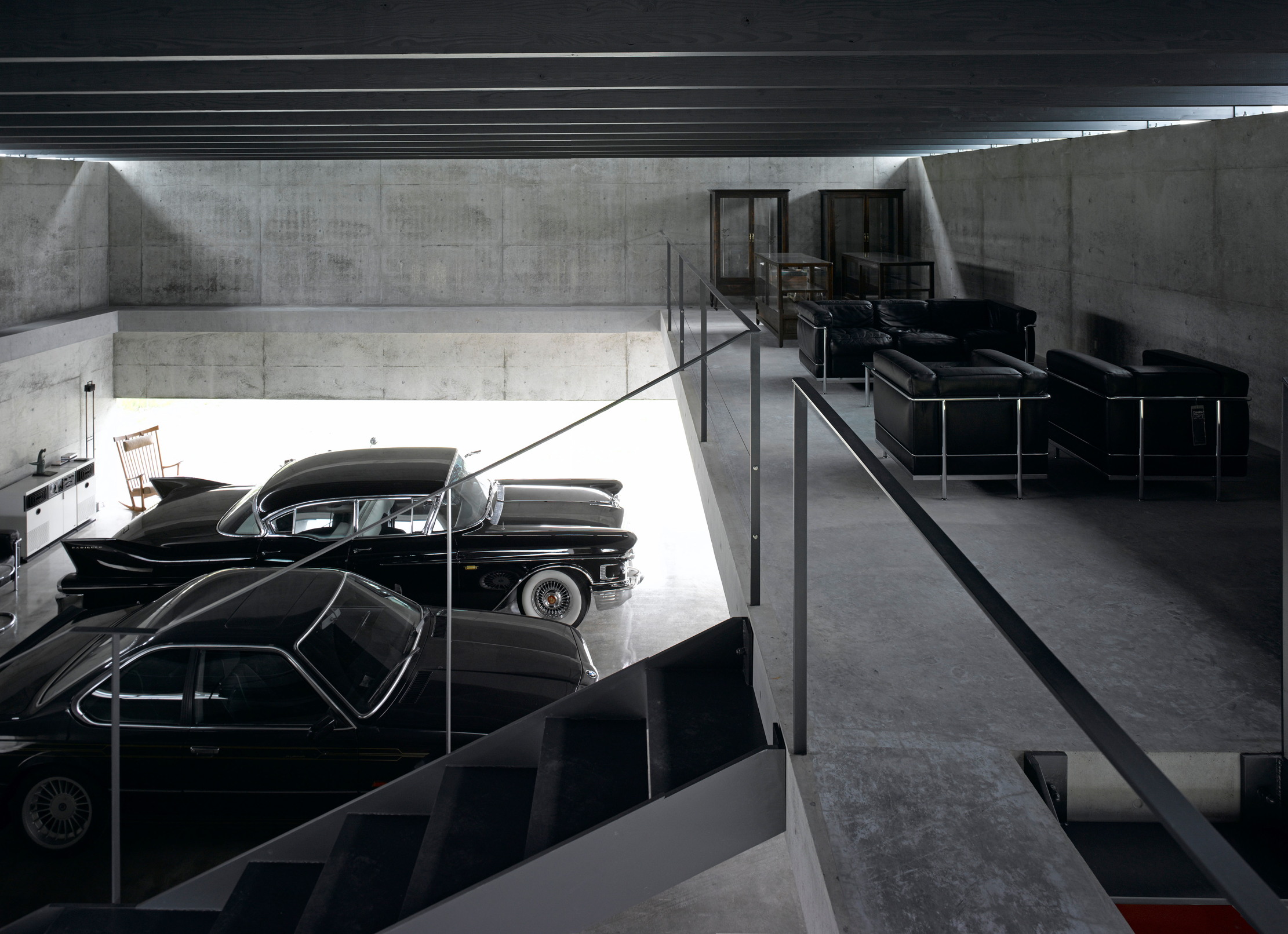 Shark tanks, crocodile lagoons, laser defences, and a subterranean shooting gallery — nothing is impossible when making the ultimate garage
Shark tanks, crocodile lagoons, laser defences, and a subterranean shooting gallery — nothing is impossible when making the ultimate garageTo collectors, cars are more than just transport — they are works of art. And the buildings used to store them are starting to resemble galleries.
By Adam Hay-Nicholls